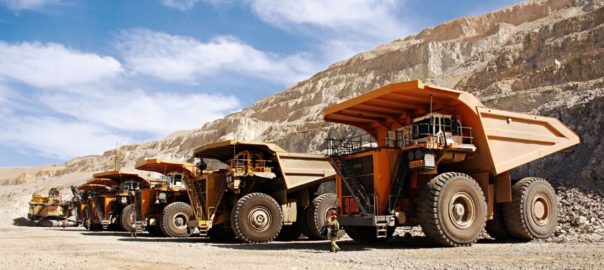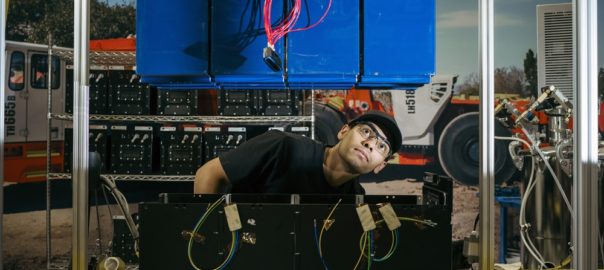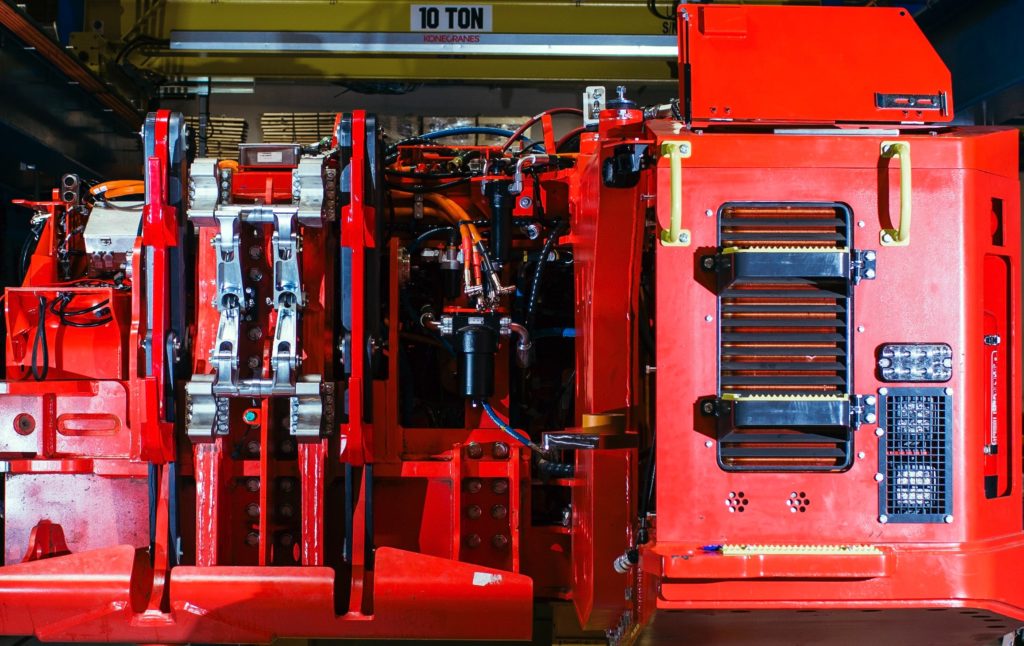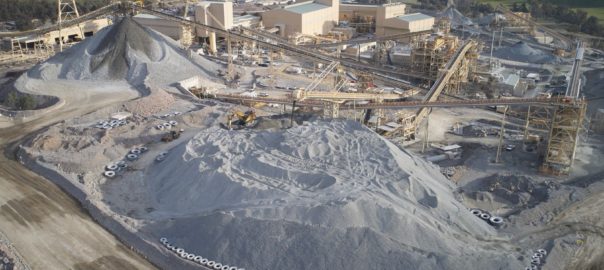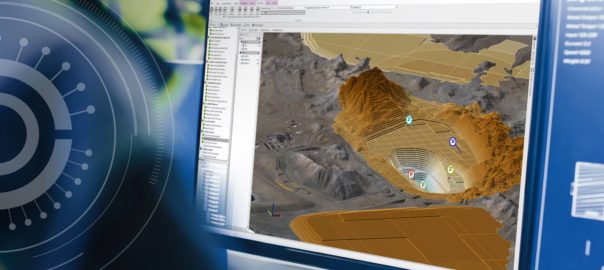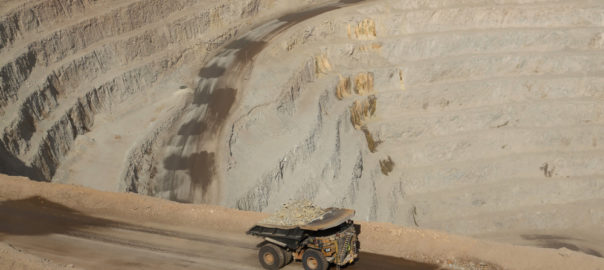Newmont Corporation has announced the commissioning of its first battery-electric large mining truck at the Cripple Creek and Victor (CC&V) mine in Teller County, Colorado, USA.
The vehicle, dubbed the Early Learner Cat® 793 XE, is an important milestone for Newmont, made possible through its strategic alliance with Caterpillar Inc.
“The arrival of the Early Learner Cat 793 XE underscores our ongoing commitment to reducing greenhouse gas (GHG) emissions across our business,” Natascha Viljoen, Chief Operating Officer at Newmont, said. “As we look toward the future, our focus remains on creating a safer and more productive mining environment and this battery-electric large mining truck is one more step we are taking to further advance our safety and sustainability commitments.”
Currently, surface and underground mining diesel combustion machines are responsible for a significant portion of Newmont’s carbon emissions. Introducing innovative solutions like the Early Learner 793 XE at the mine-site level demonstrates Newmont’s ongoing commitment towards reducing emissions, it said.
Denise Johnson, Group President of Resource Industries, Caterpillar, said: “As the mining industry navigates the energy transition, we know a diverse set of solutions will be required for our customers to achieve their operational and sustainability objectives. We are excited about our collaboration with Newmont and working with them to truly understand the implementation and impact of the Early Learner 793 XE at CC&V.”
Newmont and Caterpillar will focus on validating and testing the Early Learner 793 XE. These efforts will provide insights into how mining operations can incorporate battery-electric large mining trucks, setting a new standard for the industry.
Newmont and Caterpillar’s strategic alliance, signed in 2021, covers the delivery of a fully connected, automated, zero carbon emitting, end-to-end mining system. Together, the companies have been collaborating to create a safer, more productive mine, and substantially support Newmont in reaching its 2030 GHG emissions reduction targets of more than 30%, with an ultimate goal of being net zero carbon by 2050.








